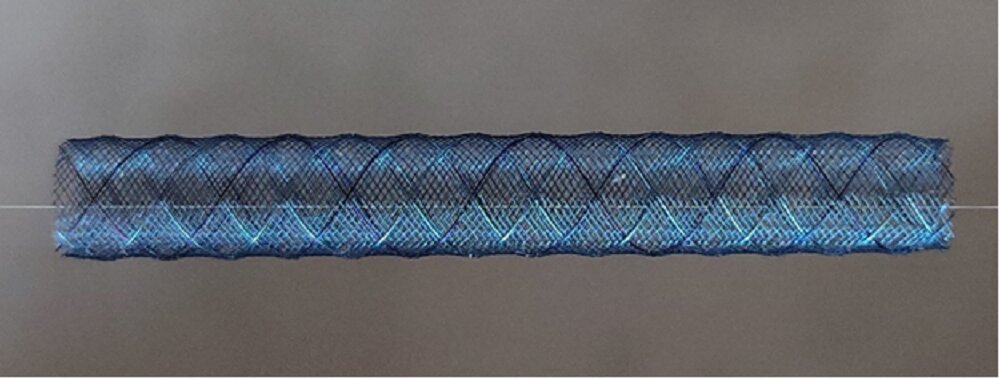Indigenously Developed Flow Diverters Stents | 03 Mar 2020
Why in News
The research team of Sree Chitra Thirunal Institute of Medical Science and Technology (SCTIMST), Thiruvananthapuram has developed an intracranial flow diverter stent for the treatment of aneurysms of the blood vessels of the brain.
- Currently, the flow diverter stents are imported and are not manufactured in India.
- The availability of indigenous technology will help to manufacture these stents at a much lower price within the country.
- SCTIMST is an Institute of National Importance under the Department of Science and Technology.
Key Points
- Flow diverters stents are deployed in the artery in the brain bearing the aneurysms to divert blood flow away from the aneurysm, thus reducing the chances of its rupture from the pressure of blood flow.
- The weave shape of the designed stent makes it resistant to kinking or twisting when it is placed in complex-shaped arteries.
- It is made up of Nitinol, a superelastic alloy with shape memory acquired from National AeroSpace Laboratories, Bengaluru (CSIR-NAL).
- A shape-memory alloy is an alloy that can be deformed when cold but returns to its pre-deformed ("remembered") shape when heated.
Nitinol
- Nitinol is a nickel-titanium alloy distinguished from other materials by its shape memory and superelastic characteristics.
- It is discovered while searching for materials that could be used in tools for dismantling magnetic mines.
- It is widely used in various kinds of industries but majorly used in the medical industry due to its narrow temperature range.
Brain Aneurysm
- Brain aneurysm is also known as Intracranial aneurysm.
- Intracranial aneurysm is a localised ballooning, bulging or dilation of arteries in the brain, caused by progressive weakening of the inner muscles of the wall of the blood vessels.
- Spontaneous rupture of the aneurysm can result in bleeding into the space around the brain leading to paralysis, coma or death.
